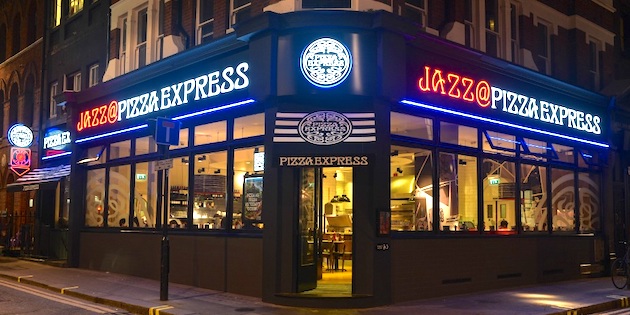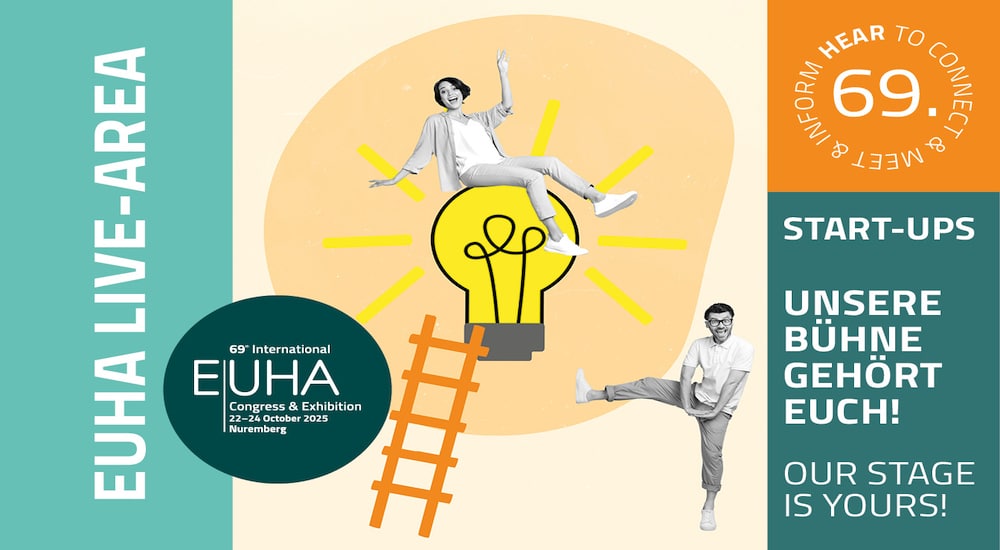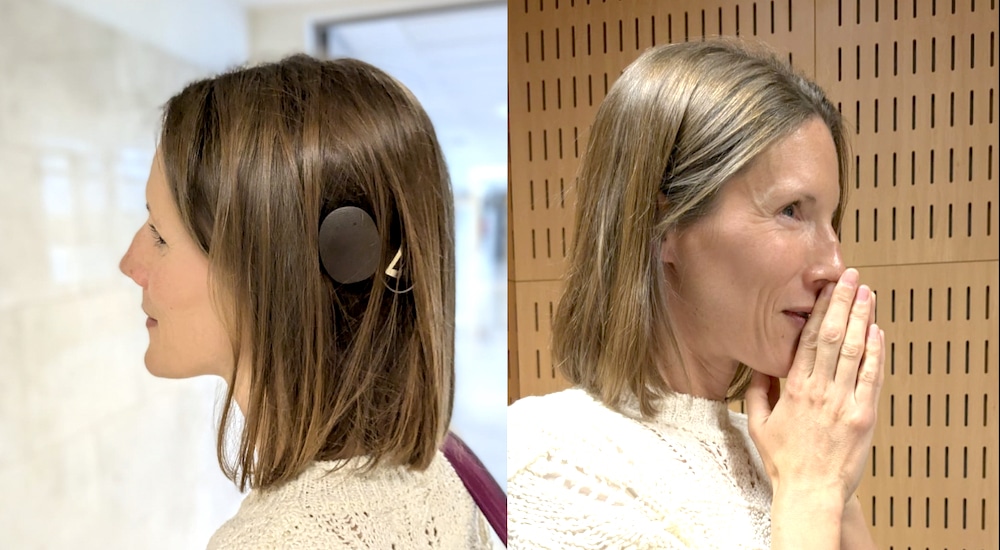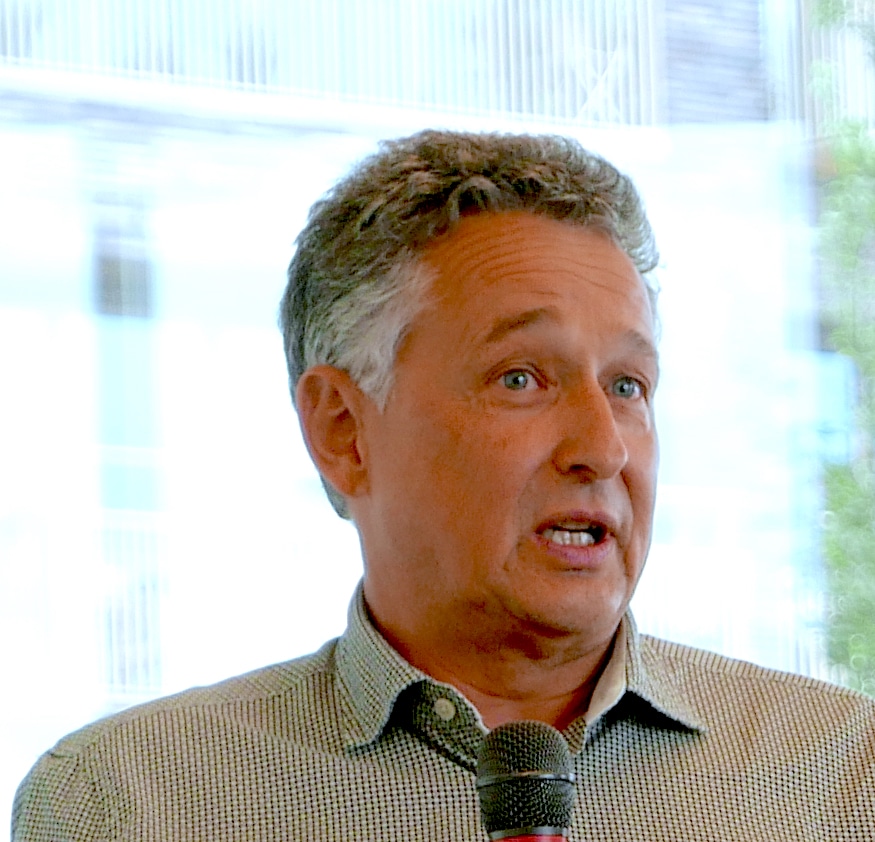ALL THAT JAZZ!
Fitting strategies
Audio Infos' resident riffer on all things clinical, Raúl García-Medina, swings in with some strategies for fitting users who want to hear music. And this frames another call for audiologists to be given the knowledge and tools to deliver the cat's meow!

A jazz reservation
In the heart of London’s West End on a Friday night, the streets of Soho are bursting. The epicentre of the capital’s entertainment district attracts all sort of individuals day in, day out. With abundance of choice to spoil your desire for a good night out, on Friday November 5, 2021, I headed to one of the centre’s iconic venues, Pizza Express Live.
The founder of the renowned UK restaurant group, Peter Boizot, was a jazz lover who constantly sought to include music in his restaurants. The flagship space at 10 Dean Street has hosted internationally acclaimed music since it first ticketed shows in May 1976, and has attracted the likes of Amy Winehouse, Van Morrison, Brian May, Benny Carter, Gregory Porter, Bill Wyman, and many more. Me and my wife had made a reservation in this dimly lit and fairly intimate basement joint, managing to get a second-row table from the stage, which is raised just slightly, about 40 inches from the floor level.
“Gino”, a hearing aid user
A perfect view, and I was hoping for great acoustics. As you do in this sort of restaurant, we ordered pizza and a couple of drinks. While waiting for the Lew Tabackin Trio (see photo) to make their entrance, I could not fail to notice a gentleman in his mid-seventies seated alone at an adjacent table, with a nice bottle of red and, again, some pizza. I will refer to him as Gino, as he had a sophisticated Italian look.
He was reading from a tablet waiting for the ensemble to make their appearance. And he was wearing hearing instruments. They did not look like they were of the latest designs but were behind-the-ear (BTE) in style and used custom ear moulds with the standard 2mm tubing.
Lewis Barry Tabackin is an 81-year-old American jazz tenor saxophonist and flautist. He has been playing since 1962! He made impromptu visits to the stage to do some soundchecks with his saxophone and flute. You should hear him playing! The lung capacity he must have is nothing short of impressive. While this was going on, I could see Gino looking at Lew in awe, and fiddling with his hearing instruments. Supposedly, he was also fine-tuning them so as to hear in a good way the few notes Lew was producing as part of the soundcheck. He did not look impressed. He took one device out and looked at it, then popped it back in his ear.
Happier without the hearing aids
When the rest of the band made their entrance, the room went quiet and they began to play. For those not at all familiar with jazz, it is a musical form, often improvisational, developed by African Americans and influenced by both European harmonic structure and African rhythms. It was developed partially from ragtime and blues and is often characterised by syncopated rhythms, polyphonic ensemble playing, varying degrees of improvisation, often deliberate deviations of pitch, and the use of original timbres.
The intensity levels did go quite high throughout the concert and Gino ended up taking his hearing instruments off. I must say, he looked happier without them, and his hand started to tap on the table in time with the percussion sounds.
I could not help but to make some measurements employing a sound level meter app on my mobile phone, the NIOSH SLM app for iOS (screenshot below). I ran it for 6 minutes and to highlight two levels, the LAeq is the Equivalent (averaged every second) continuous sound level in A-weighted decibels [dB(A)]. That was an impressive 86dB. And the Lmax is the highest sound pressure level during a measurement period. That was an even more impressive 99.3dB. This process, however, may have been influenced by my wife telling me to concentrate on the concert rather than looking at Gino and making sound measurements.
Fittings for music lovers
If you have been fitting and adapting hearing instruments to music lovers who suffer from hearing loss, you will know the difficulties that arise in getting the thing right. The type of music that the listener is interested in, the sound source of the music itself, the quality of the speakers, the distance from the sound source etc.,… Whilst hearing instruments can be helpful for music listening, many users experience problems with them. Poor sound quality, difficulties hearing words in songs, distortion, feedback, and difficulties in live concerts are among the most common complaints. Hearing instrument technology is primarily designed to address aural and verbal communication, not necessarily music perception. This is despite the fact that most manufacturers now include a music program as an option to offer our patients/clients.
Strategies
As audiologists, we have often resorted to employing various fitting strategies to address the issue. Some of the most common being:
1) Disabling various automatic functions. For example, in order to reduce the chances of tone-stimuli being mistakenly interpreted as feedback and suppressed. And similarly, disabling noise/wind management algorithms to reduce musical stimuli being interpreted as unwanted sounds.
2) Selecting a fixed microphone directionality may allow a better focus on music in live settings where patients are facing the stage, but in other music listening situations omni-directionality may be advantageous.
3) Providing a volume control to the patient.
4) Altering gain and compression in trying to address problems with volume/dynamics, in particular issues hearing high frequencies.
5) Slow-acting Wide Dynamic Range Compression (WDRC) or linear amplification is preferred by some hearing-instrument users for music listening, perhaps because it does not flatten the dynamic range and avoids modulation of foreground sound.
6) Utilising FreeStyle or Speech Mapping in real ear measurement equipment utilising music stimuli and understanding what occurs in the patient’s ear canal real time.
Music listening is important to a lot of people and we are still finding the task of addressing it through hearing instruments to be difficult. Manufacturers and universities would benefit from providing us with explicit knowledge and tools to make the process groovy.
Source: Audio Infos UK #145 – November/December 2021







